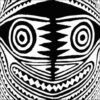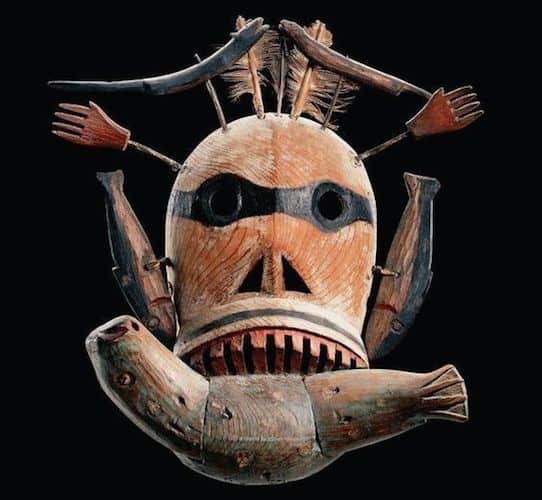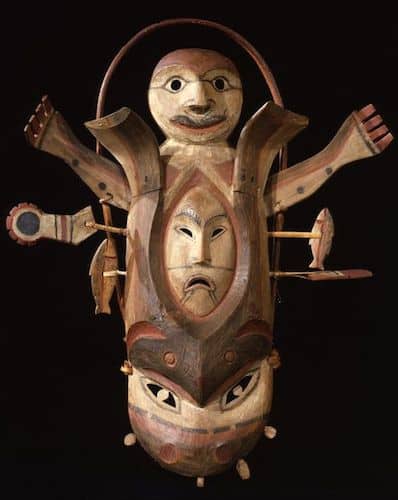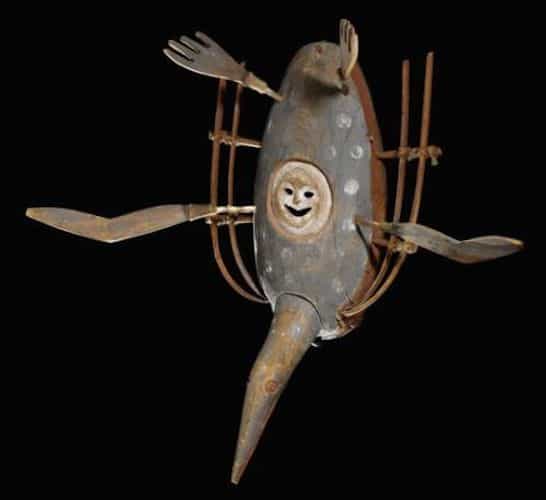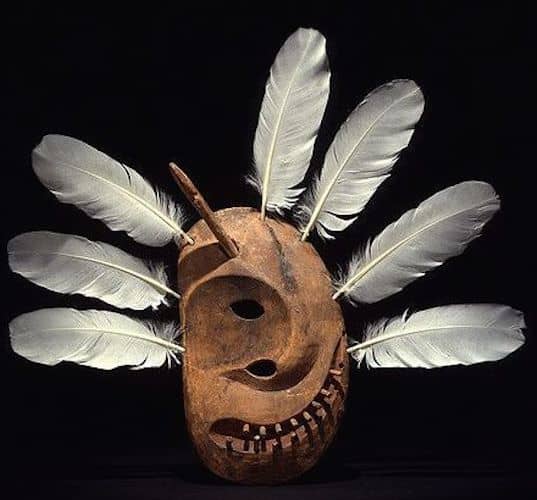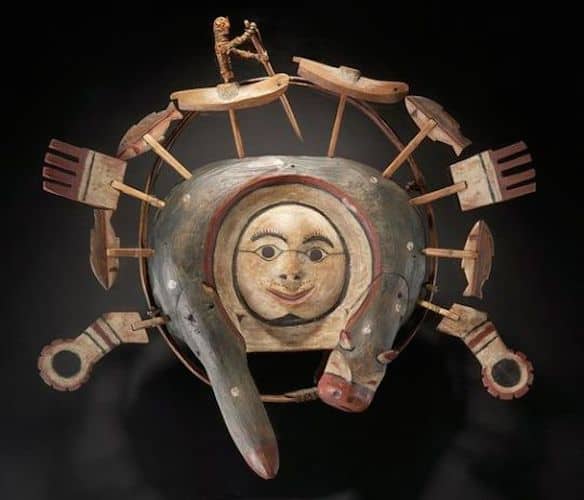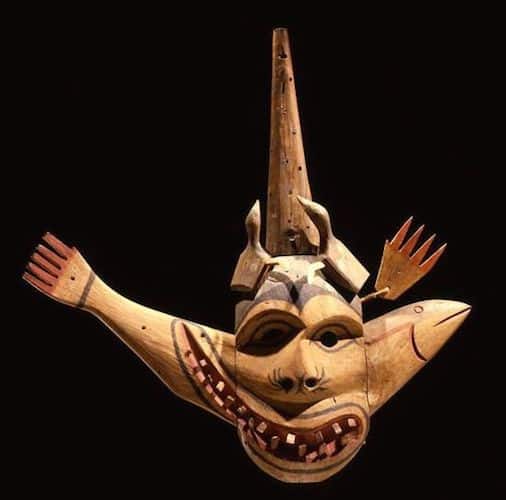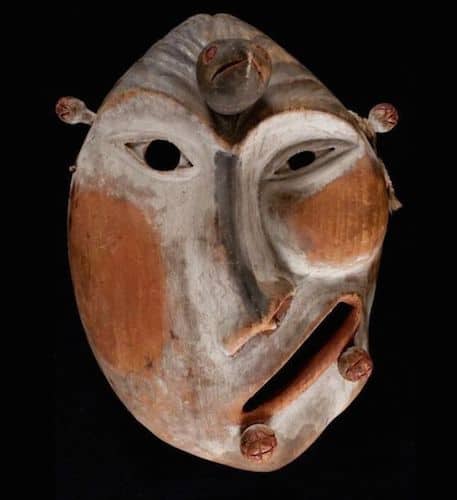Yup’ik masks
Art of the Tribal Surrealists
There is a huge variety of Yup’ik masks but characterized by their inventive surrealism. They are usually made of wood painted with few colors and sometimes decorated with feathers.
Masked varied in size from small three-inch finger masks to ten-kilo masks carried by several people.
Masks were often made in pairs, and after ceremony masks normally discarded or destroyed. Only the most important masks made and worn by the ritual specialist sometimes reused.
Yup’ik masks danced in the middle of winter. A host village would send out messengers to other villages that the ceremony was to begin or start. The host village would always perform. Occasionally the invited village would also immediately reciprocate.
The Yup’ik people live around the Bering Sea, on the western coast of Alaska. This area has one of the world’s coldest climates, making for very challenging living conditions
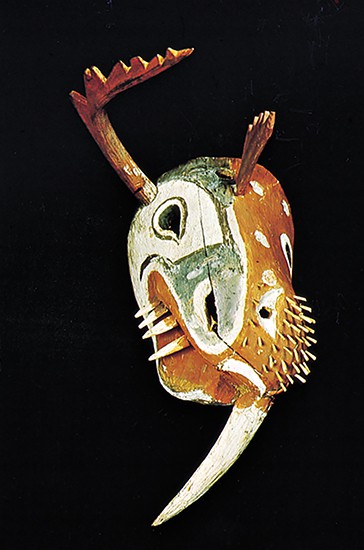
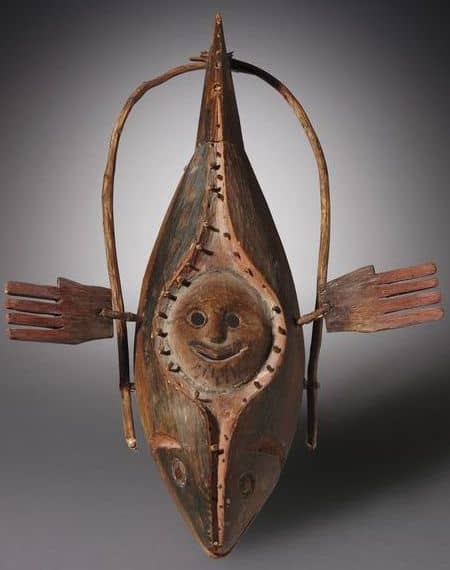
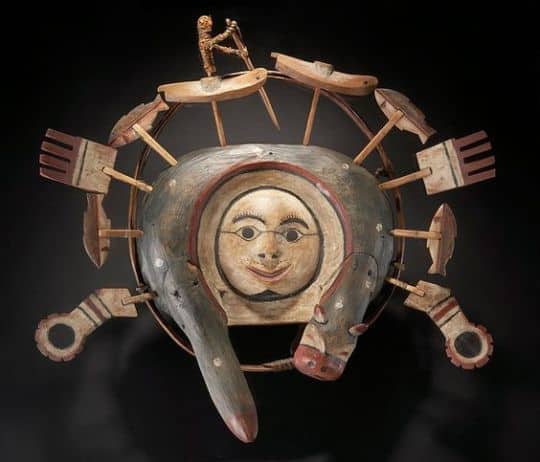
Yup’ik Masks Dance ceremony
When a Sharman had conceived an idea for a mask and composed a song for it he would then commission a carver to make a mask. The song and dance practiced while the mask was being carved. The song dance and mask the Sharman created were a form of prayer. The masked dance was a way of honoring spirits and beseeching them to ensure the presence of game animals. Many of the masks have animal elements that represent the coveted game. Other masks represent the spirits summoned, nature elements or animal that will help game prosper. It was a form of hunting magic where magic is any religious belief that does not align with Christianity. The lyrics of the Sharmans song would name the desired animal and the dance and masks ensure that prey would be plentiful. Masks song dance and ceremony were an essential part of Agayu religious beliefs.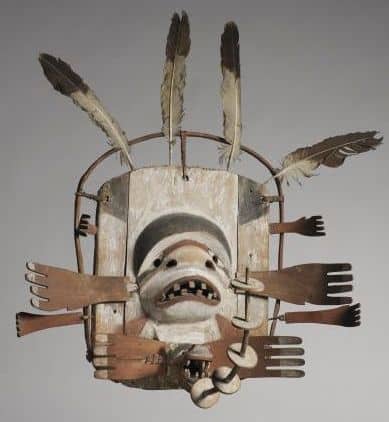
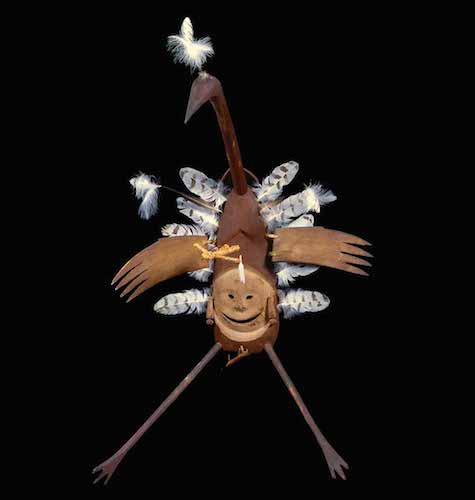
Social aspects of Yup’ik masks
Making masks and participating in performances was also important for forging social bonds. It bought together distant communities helping solidify relationships. Reciprocal dances left different villages indebted to repay the favor. The performances were also a time of transmitting knowledge of the spirit world to the younger generation. Spirit beings were not only people, but also animals, and elements of the environment, and sometimes combinations of both. It was an opportunity for Sharman and village chiefs to exchange knowledge During ceremonies, masks transformed the individual wearing it into that spirit. Masks were not worn to pretend to be a spirit but so the dancer could become that spirit. That spirit would then ensure plentiful game in spring. This element of transformation is often reflected in the appearance of the masks themselves. Many masks combine animal and spirit and human elements.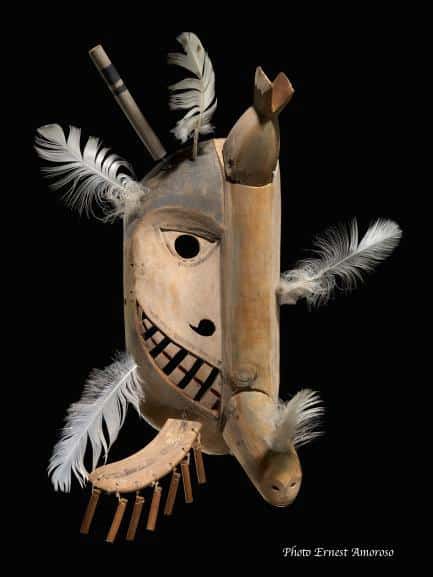
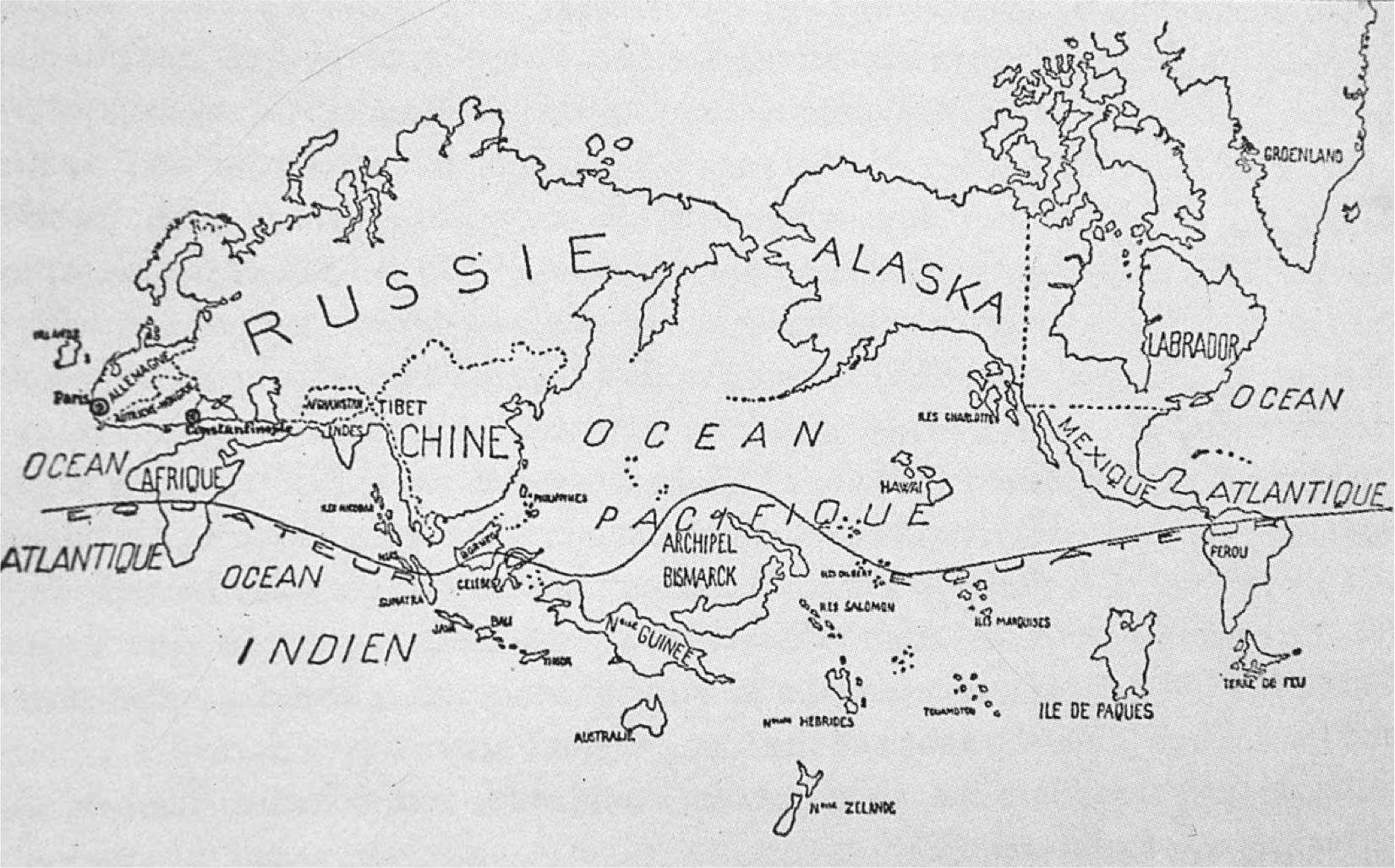
Yup’ik masks and Surrealism
The Yup’ik ceased mask-making in the 1920s, after missionaries converted them into Christians. While much of Christian society disregarded the Yup’ik as heathens, the Surrealists revered the objects they’d produced. Often, they used them as inspiration in their own practices. According to scholar Marie Mauzé, Yup’ik masks became available in Europe around 1935. Art dealer Charles Raton organized an exhibition of objects from New York’s Museum of the American Indian. The most graphic representation of this artistic influence is the surrealist map of the world.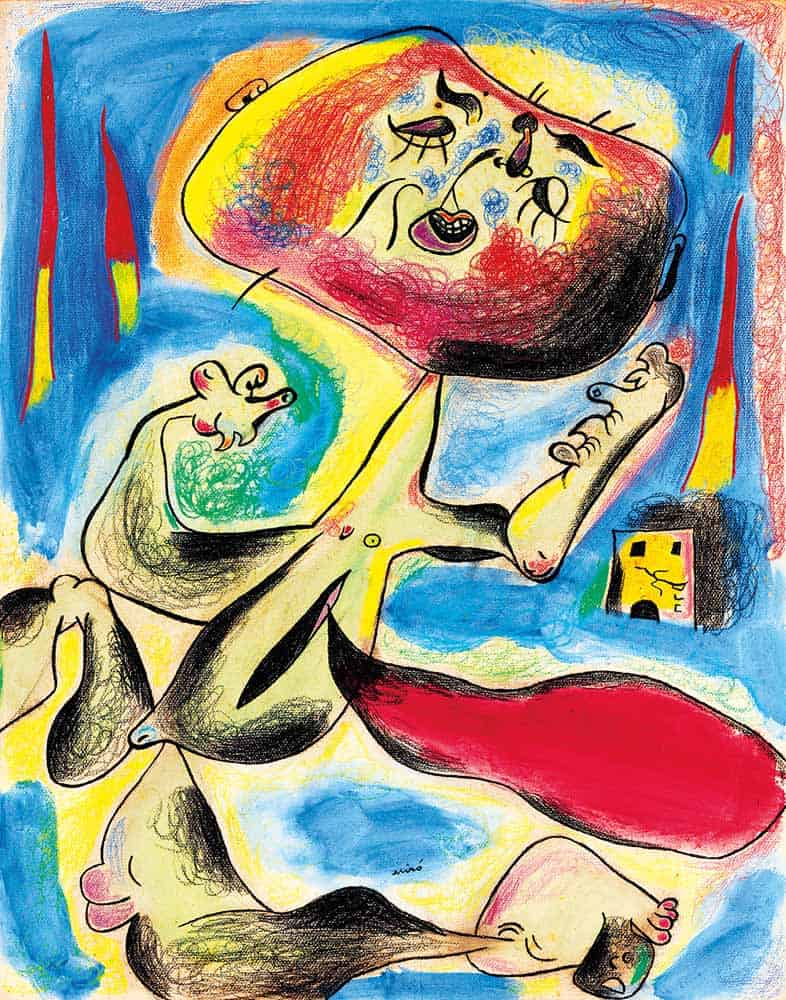
Joan Miró: Sans titre
(Femme en révolte), 1938

Joan Miró, Personnage dans la nuit, 1944
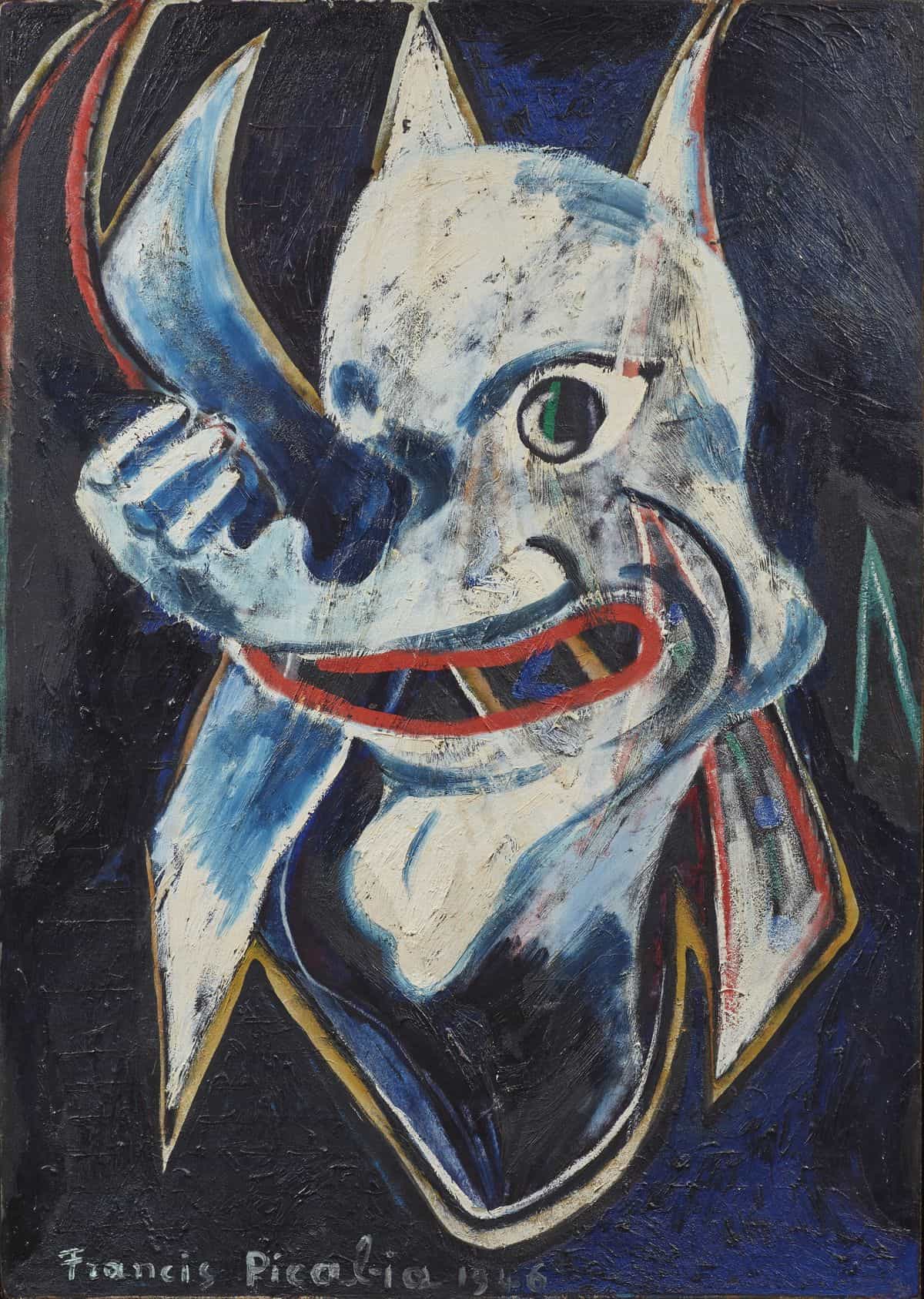
Francis Picabia, Monstre, 1946
Yup’ik Masks
This article just covers some examples, so I hope you can appreciate the vast variety of Yup’ik masks. The art from this region is is some of the most bizarre and wonderful anywhere on earth Further reading should include The living tradition of Yup’ik masks and Agayuliyararput : Our way of making prayer If you enjoyed this article you may also enjoy New Guinea Masks Sepik masks or Aboriginal sculptureAll images in this article are for educational purposes only.
This site may contain copyrighted material the use of which was not specified by the copyright owner.
Please take the time and make the effort to share this article on social media. By clicking any of the share buttons below you create a link from your social site to this article. Links are what google uses to calculate what information on the web is useful. By sharing this article you are letting google know you found my article / images of some value. Thanks!
